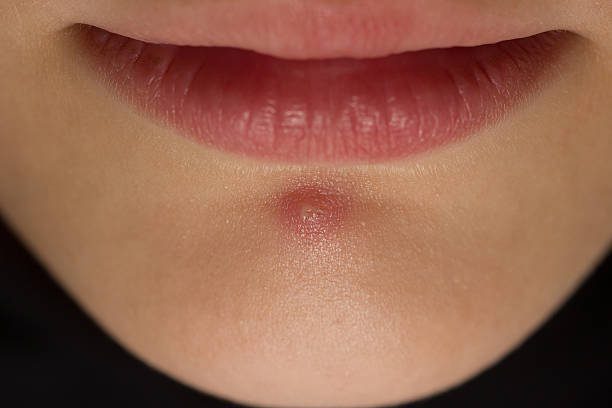Introduction:
White spots on the tonsils can be a concerning and uncomfortable condition for many individuals. These small or large patches, often accompanied by various symptoms, may indicate an underlying issue that requires attention. In this comprehensive guide, we will explore the causes, symptoms, and potential treatment options for white spots on the tonsils.
I. Anatomy of the Tonsils:
To understand the significance of white spots on the tonsils, it’s crucial to grasp the basic anatomy of these structures. Tonsils are part of the lymphatic system and play a role in defending the body against infections. There are three types of tonsils: palatine, lingual, and pharyngeal. The palatine tonsils, located at the back of the throat, are the ones most commonly associated with white spots.
II. Common Causes of White Spots on Tonsils:
Bacterial Infections:
-
- Strep Throat: Streptococcus bacteria can cause a throat infection known as strep throat, leading to white spots on the tonsils. Other symptoms may include sore throat, fever, and difficulty swallowing.
- Tonsillitis: Inflammation of the tonsils due to viral or bacterial infections can result in white patches on the tonsils, often accompanied by pain and swelling.
Viral Infections:
-
- Infectious Mononucleosis (Mono): Epstein-Barr virus, a common cause of mono, can lead to white patches on the tonsils, along with fatigue, swollen lymph nodes, and a sore throat.
- Herpangina: Caused by the Coxsackie virus, herpangina can result in white spots on the tonsils and the back of the throat, accompanied by fever and a red rash.
Other Causes:
-
- Tonsil Stones: Accumulation of debris, mucus, and bacteria in the tonsil crypts can lead to the formation of tonsil stones, which may appear as white or yellowish spots.
- Allergies: Allergic reactions can cause inflammation and white patches on the tonsils.
III. Symptoms Associated with White Spots on Tonsils:
Pain and Discomfort:
-
- Individuals with white spots on their tonsils often experience pain, especially during swallowing.
Fever:
-
- Many infections that cause white spots are accompanied by fever, indicating the body’s immune response.
Swollen Tonsils:
-
- Inflammation of the tonsils can lead to swelling, contributing to the overall discomfort.
Bad Breath:
-
- Tonsil stones, a potential cause of white spots, can lead to bad breath.
IV. Diagnosing White Spots on Tonsils:
Physical Examination:
-
- Healthcare professionals will conduct a physical examination, checking for signs of infection, inflammation, and the presence of white spots.
Swab Test:
-
- A throat swab may be performed to identify the specific pathogen causing the infection, especially in cases of suspected strep throat.
Blood Tests:
-
- Blood tests may be conducted to detect viral infections such as mononucleosis.
V. Treatment Options:
Antibiotics:
-
- Bacterial infections, particularly strep throat and certain cases of tonsillitis, may be treated with antibiotics.
Antiviral Medications:
-
- Viral infections like infectious mononucleosis may require antiviral medications to manage symptoms.
Pain Relief:
-
- Over-the-counter pain relievers and anti-inflammatory medications can help alleviate discomfort.
Hydration and Rest:
-
- Adequate hydration and rest are crucial for supporting the body’s immune response.
Tonsillectomy:
-
- In severe or recurrent cases, a tonsillectomy (surgical removal of the tonsils) may be considered.
VI. Home Remedies and Preventive Measures:
Saltwater Gargle:
-
- Gargling with warm salt water can help soothe the throat and reduce inflammation.
Hydration:
-
- Staying well-hydrated supports the body in fighting infections and helps alleviate symptoms.
Good Oral Hygiene:
-
- Maintaining good oral hygiene can prevent the formation of tonsil stones.
Avoiding Allergens:
-
- Identifying and avoiding allergens can minimize the risk of allergic reactions leading to white spots.
Conclusion:
White spots on the tonsils can be indicative of various underlying conditions, ranging from infections to allergic reactions. Understanding the causes, symptoms, and available treatment options is crucial for timely and effective management. If you or someone you know experiences persistent or severe symptoms, it’s essential to seek medical advice for proper diagnosis and personalized treatment.

